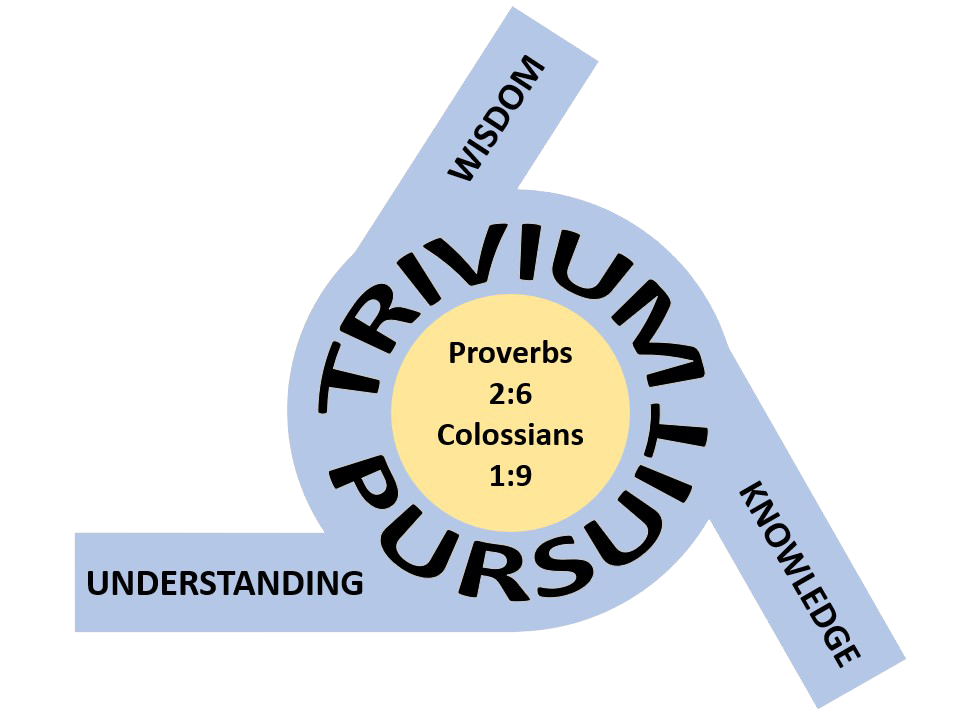What Do You See? A Child’s First Introduction to Art, Volume 4
How to Use This Art Curriculum
This curriculum is a gentle and easy introduction to art appreciation for children, ages 4-12. We teach children to look at a piece of art and evaluate it. We hope to spark in the child a love for the great works of art.
Students will learn:
1. How to identify questions to ask.
2. How to identify why the artist painted what he did.
3. How to identify details the artist placed inside his painting.
4. How they might try to paint something themselves.
5. How to pay attention to the artist and the history of the painting.
The students and teacher should spend time observing the painting and then answer the questions. We recommend that you ask the child to answer the questions orally, not with pencil and paper. We want to make the learning experience enjoyable for you and your children.
This fourth volume of What Do You See? A Child’s First Introduction to Art introduces only one elementary art principle — the five traditional classifications for paintings.
Paintings are traditionally divided into these five categories:
1. Landscape paintings — A landscape painting is an artwork where the primary focus is natural scenery. Thomas Cole and Vincent Van Gogh are two famous landscape artists.
2. Portrait paintings — A portrait is a painting of a human subject. The face, expression, and personality of the model are often captured by the artist. Rembrandt van Rijn is perhaps the greatest portrait painter.
3. Still Life paintings — A still life painting is an arrangement of household or everyday objects which may be natural, such as flowers and fruits, or man-made, such as glasses and musical instruments. Paul Cezanne and Jean-Baptiste-Simeon Chardin are two of the most famous still life artists.
4. Genre paintings — A genre painting is a scene of everyday life. Édouard Manet and Johannes Vermeer are two well-known genre artists.
5. Historical/religious/symbolic paintings — This category includes paintings where the subject is religious, historical, or symbolic. Raphael and Michelangelo are two well-known artists in this category.
In this volume of What Do You See? A Child’s First Introduction to Art, we will learn to identify the category to which a painting belongs.
Table of Contents
How to Use This Art Curriculum
1. Mound of Butter, by Antoine Vollon French
2. Vanitas with Violin and Glass Ball, by Pieter Claesz
3. Science Is Measurement, by Henry Stacy Marks
4. True Friends, by John George Brown
5. Arctic Adventure, or A Ship in Distress off Greenland, by Abraham Hondius
6. The Poppy Field near Argenteuil, by Claude Monet
7. The Dancing Lesson, by Thomas Cowperthwait Eakins
8. Time to Wake Up, by Charles Burton Barber
9. Washington Crossing the Delaware, by George Caleb Bingham
10. Jacob Blessing the Sons of Joseph, by Rembrandt van Rijn
You can purchase the PDF of this curriculum on our Trivium Pursuit shopping cart (the PDF version can be printed), or the Kindle version on Amazon (the Kindle version cannot be printed).
34 pages
$2.99


0 Comments